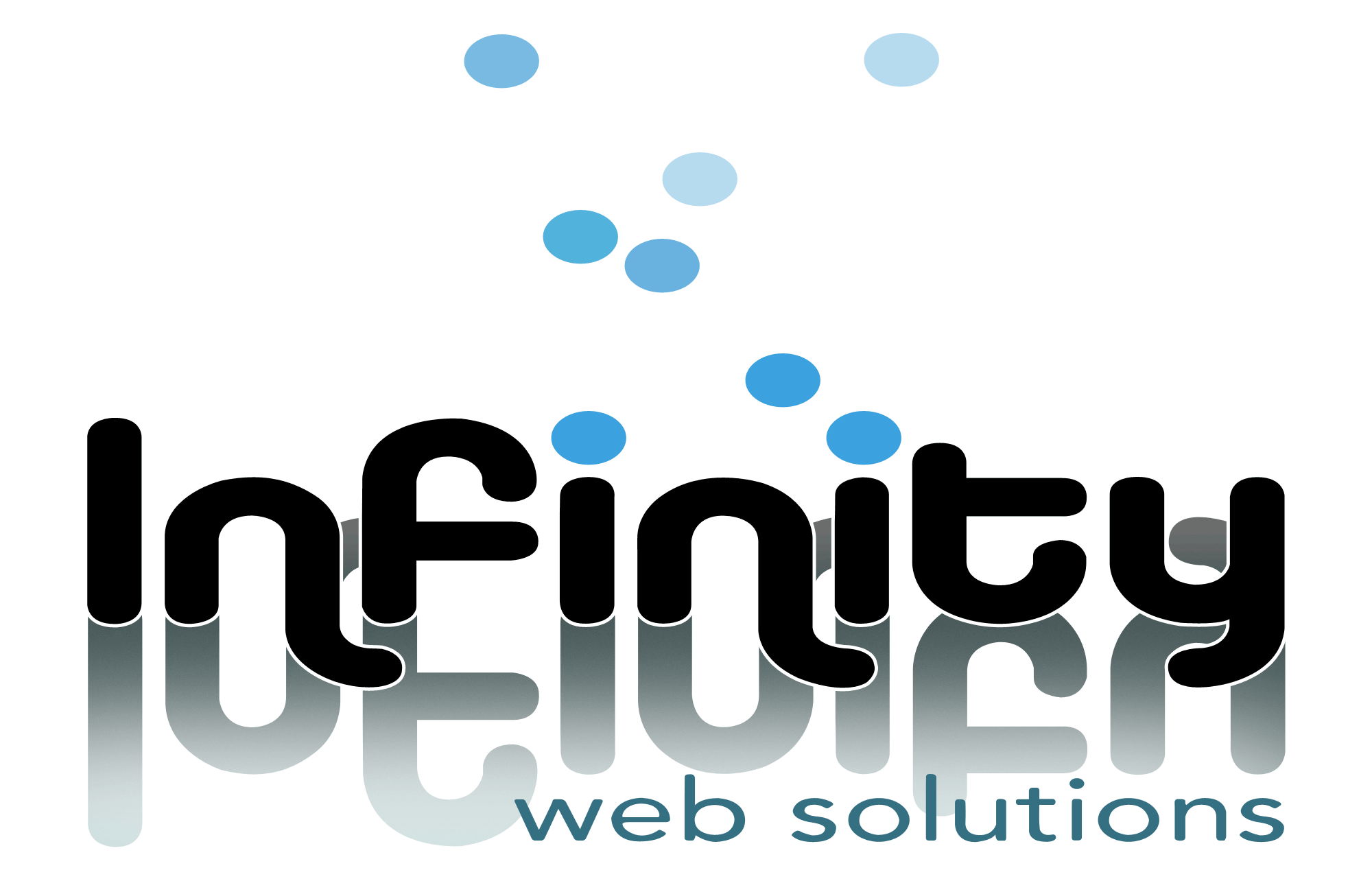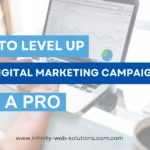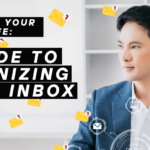Nowadays, connecting with customers is essential. However, with the sheer volume of emails people receive daily, it can be a challenge to get your message across and stand out from the crowd. This is where email personalization tokens come in – dynamic elements that allow businesses to insert customer-specific information into their emails, making them more relevant and engaging. Businesses can create stronger customer relationships and drive sales by personalizing emails with the customer’s name, purchase history, and browsing behavior or by creating a sense of urgency. Therefore, it is essential to leverage this strategy and how to use them to maximize engagement and create a lasting impression on your customers.
The Power of Email Personalization Tokens
In today’s world, businesses always seek innovative ways to connect with their customers. With the rise of email marketing, making your message stand out in a sea of daily emails can be challenging. Fortunately, email personalization tokens can help you increase engagement and make your email more relevant to your customers. Let’s explore how you can use these personalization tokens to your advantage.
Personalize with the Customer’s Name
The simplest way to use email personalization tokens is to include the customer’s name in the email. Adding this small but powerful detail can make the email feel more personal and less like a mass email. This technique can create a stronger connection between your brand and your customer.
Customize the Subject Line
The subject line is the first thing your customers see when they receive your email. A personalized subject line can significantly impact your email’s open rate. You can use personalization tokens for emails to customize the subject line with the customer’s name or reference their purchase history, creating a sense of exclusivity and personalization.
Leverage Purchase History and Browsing Behavior
Another way to use email personalization tokens is to reference the customer’s purchase history or browsing behavior. For example, you can suggest similar items to the customer based on their recent purchases or browsing history. This approach demonstrates that your business is paying attention to their preferences and needs, increasing engagement and the likelihood of a sale.
Create a Sense of Urgency
Email personalization tokens can help you create a sense of urgency in your emails by including a deadline or limited-time offer. Combining this technique with personalization tokens that reference the customer’s previous purchases or browsing behavior can make the customer feel like they are receiving a special and exclusive offer. This approach can encourage the customer to take action and increase sales.
Going Beyond The Basics: Advanced Personalization With Email Personalization Tokens
Email marketing is vital for businesses to connect with their customers and potential clients. However, simply sending the same email to all subscribers is not enough to engage and convert them into loyal customers. You need to personalize your emails beyond just using their name in the greeting to achieve this. Here are some advanced techniques that use personalization tokens to create more engaging and effective email campaigns:
Dynamic content
Instead of sending the same content to everyone, you can use email personalization tokens to show dynamic content based on the subscriber’s behavior or preferences. For example, if a subscriber is interested in a particular product, you can use a token to display related products or services.
Time-sensitive offers
Using email personalization tokens, you can create time-sensitive offers that expire after a certain period. This creates a sense of urgency and encourages subscribers to take action before the offer expires.
Abandoned cart reminders
If a subscriber has added items to their cart but has not completed the purchase, you can use personalization tokens to send a reminder email with the specific items in their cart. This can increase the chances of the subscriber completing the purchase.
Upselling and cross-selling
Email personalization tokens can also promote related products or services to subscribers who have already purchased them. For example, if a subscriber has purchased a laptop, you can use a token to display accessories such as a mouse or laptop bag.
Behavioral triggers
Use email personalization tokens to trigger emails based on a subscriber’s behavior. For example, if a subscriber has not opened an email in a certain period, you can trigger a re-engagement email with a special offer or incentive.
Location-based personalization
Use email personalization tokens to display location-specific content or promotions. This can be particularly effective for businesses with multiple locations or a global customer base.
Personalized recommendations
You can also use email personalization tokens to make personalized recommendations based on a subscriber’s browsing or purchase history. This can increase the chances of a repeat purchase and improve customer loyalty.
By implementing these advanced personalization techniques, you can create more effective and engaging email campaigns that resonate with your subscribers and drive conversions. These techniques can help you stand out in a crowded inbox and build lasting customer relationships.
The Power Of Segmentation: Targeting Email Personalization Tokens To Specific Subscriber Groups
Segmentation is a powerful technique businesses can use to further personalize their email campaigns. By dividing their subscriber list into specific groups and using email personalization tokens, they can create highly targeted campaigns that resonate with their audience and drive conversions. Here are some examples of how businesses can use segmentation and personalization tokens:
Demographic segmentation
By segmenting their subscribers based on demographics such as age, gender, or location, businesses can use email personalization tokens to display content or promotions that are relevant to each group. For instance, if a company has a promotion for women’s clothing, it can use a token to display content specific to women.
Purchase history segmentation
Segmenting subscribers based on their previous purchase history can help businesses recommend related products or services using email personalization tokens. For instance, if a subscriber has previously purchased a camera, a company can use a token to display related accessories such as lenses or tripods.
Engagement segmentation
Businesses can use email personalization tokens to send targeted campaigns encouraging specific actions by segmenting subscribers based on their engagement with previous email campaigns. For example, if a subscriber has opened an email but not clicked through to the website, a company can use a token to send a follow-up email with a more compelling call to action.
Lead source segmentation
Segmenting subscribers based on the source of their lead can help businesses create email campaigns that are specific to the lead source. For instance, if a subscriber signs up through a specific landing page, a company can use a token to display content that is relevant to that landing page.
Interest segmentation
By segmenting subscribers based on their interests, businesses can use email personalization tokens to recommend products or services that are specific to their interests. For instance, if a subscriber has shown an interest in hiking, a company can use a token to recommend hiking gear or trails in their area.
Final Thoughts
Personalization tokens for emails are a powerful tool for maximizing engagement and creating a personalized experience for subscribers. Businesses can create more relevant and impactful email campaigns by going beyond the basics and utilizing advanced personalization techniques such as dynamic content and conditional logic.
Moreover, by targeting email personalization tokens to specific subscriber groups based on segmentation, businesses can further enhance their email campaigns’ effectiveness and drive higher engagement levels. Therefore businesses need to understand the value of personalization tokens and incorporate them into their email marketing strategies to effectively engage with their subscribers and drive business success.










